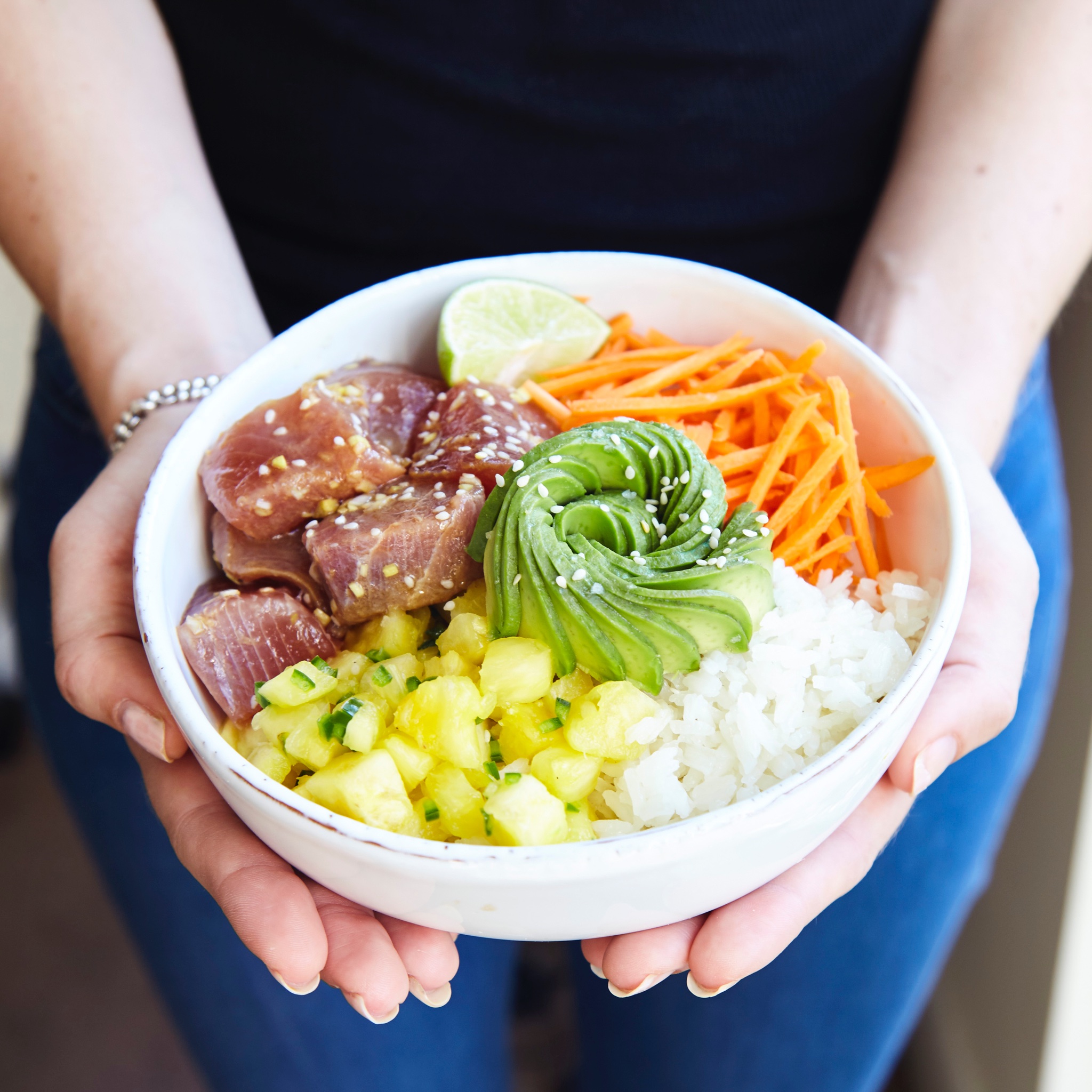 High quality U.S. rice on trend
High quality U.S. rice on trend
Mar 27, 2018
ARLINGTON, VA -- A trend toward eating a healthy diet and natural ingredients has helped elevate poké – a raw fish salad – to one of the most popular street foods in major urban areas. Native to Hawaii, poké (pronounced poh-KAY) features marinated sushi-grade fish served with vegetables over a base of rice. As poké grows in popularity, so should U.S. rice consumption, and this dish is forecasted to remain on-trend in 2018.
Fast-casual restaurants and food trucks serving “poké bowls” allow diners to customize their meals by choosing a base, a protein, and a flavor or dressing. The traditional poké base is sushi-grade rice, but any premium short-grain white or brown rice is a good substitute. Most poké restaurants also offer mixed greens as a base, along with “extras,” mix-ins or toppings that may include seaweed salad, edamame, and nuts.
New restaurants that serve poké exclusively are popping up around the country. And according to the meal delivery service Grubhub, within the first six months of 2017, poké bowl deliveries grew by 365 percent, outpacing all other delivery foods. Delivery of all bowl-meals (including Mexican and Indian cuisine) grew by 32 percent.
“Millennial consumers helped to create and then fuel this trend,” said Michael Klein, USA Rice vice president of marketing and domestic promotion. “What this tells us is that there is a demand for high quality rice from this generation along with an opportunity to connect with millennials and have U.S.-grown rice become a staple in their eating habits.”
The popularity of poké is one example of how the millennial generation drives market trends. Millennials are generally conscientious about what they eat, preferring a well-rounded diet of organic, healthy, and scratch-made food over processed foods. Poké, packed full of nutrients, fiber and essential grains, appeals to the millennial palate, and many vendors are attempting to capture a share of the market by adding poké to their menus.
“Restaurants looking to capitalize on the trend of healthy bowl meals will need quality ingredients all of which start with premium rice, and the U.S. rice industry is happy to supply them,” concluded Klein.